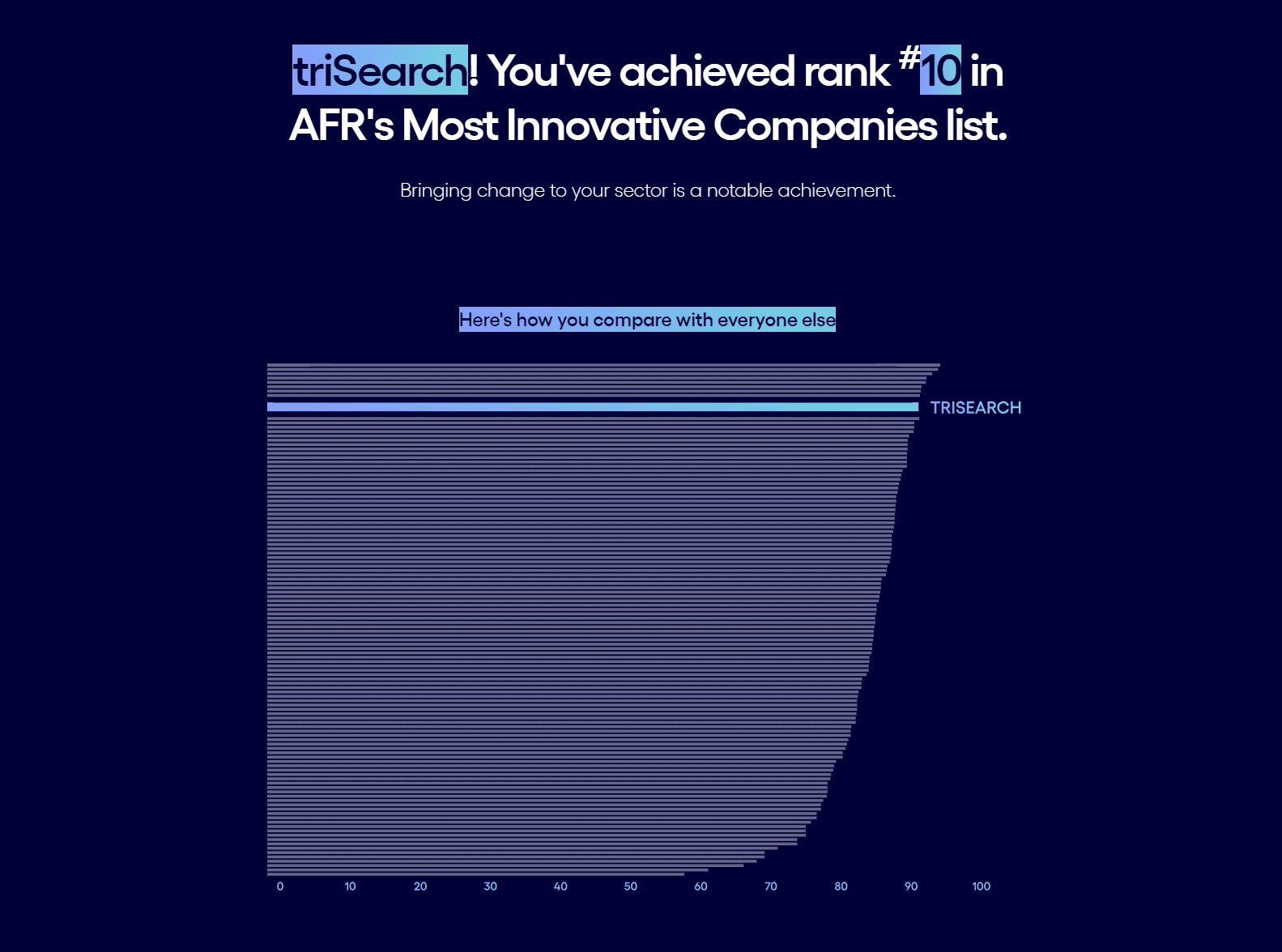Manual conveyancing is currently being dominated by an ongoing evolution of technology.
The industry saw a abrupt evolution in the last two years with the COVID-19 pandemic forcing technology providers to innovate and build platforms to help eConveyancing become more efficient.
And while electronic conveyancing is soon to become the norm throughout Australia with legislative changes forcing change by as early as 2023, many conveyancing business are still using outdated paper-based methods.
Without the use of technology, conveyancers are stuck manually typing, printing, scanning, filing or performing other tasks that have since been automated. By continuing to be a ‘manual conveyancer’, you are exposing your business to the following three fatal risks.
1. Clerical errors
The conveyancing process can be done electronically, from start to finish. Verifying clients, conducting legal searches, generating and signing contracts and settling can all be done through various technology providers. By not implementing this technology, conveyancers run the risk of clerical errors at every step.
For example, when conducting your purchase and sale matters, triConvey provides conveyancers the ability to pull matter details straight into the Search fields, and throughout the workflow. There is no need for a paralegal, cleric, assistant or associate conveyancer to manually type, and retype the information, exposing potentially fatal errors.
Not only does this make the entire process more efficient, but it means conveyancers can be confident the contracts they generate are accurate, and the entire settlement won’t be slowed down because of it.
2. Incorrect or missed disbursements
Without a Practice Management System in place or integrated Accounting Software, conveyancers must manually capture the costs involved with every matter. This involves manually recording fees, disbursements and other costs and adding these up.
This leaves huge room for error that could ultimately result in the firm missing a disbursement and ultimately wearing the cost.
By implementing an integrated solution like triConvey, disbursements and search costs will automatically capture into billing system throughout the workflow, significantly reducing the risks associated.
3. Version control
When it comes time for contracts, manually typing client details, physically printing, scanning and sending a contract can be risky and time consuming.
Printing the contract means the contract exists electronically (unsigned) and printed.
Utilising Electronic Contract of Sale (eCOS) in tandem with an electronic signing technology (triSign) means there will only ever be one true copy of a contract. All parties involved can sign the contract electronically and will be alerted when areas of the contracts have been signed.
Implementing this process completely removes the risk of clients receiving and signing the wrong contact and significantly speeds up the signature process.
With a slower property market that we’ve recently seen, there has never been a better time for conveyancers to review their operations and processes.
Get in touch with triSearch today to see how our platform can improve efficiency in your business by removing your unnecessary manual conveyancing.






